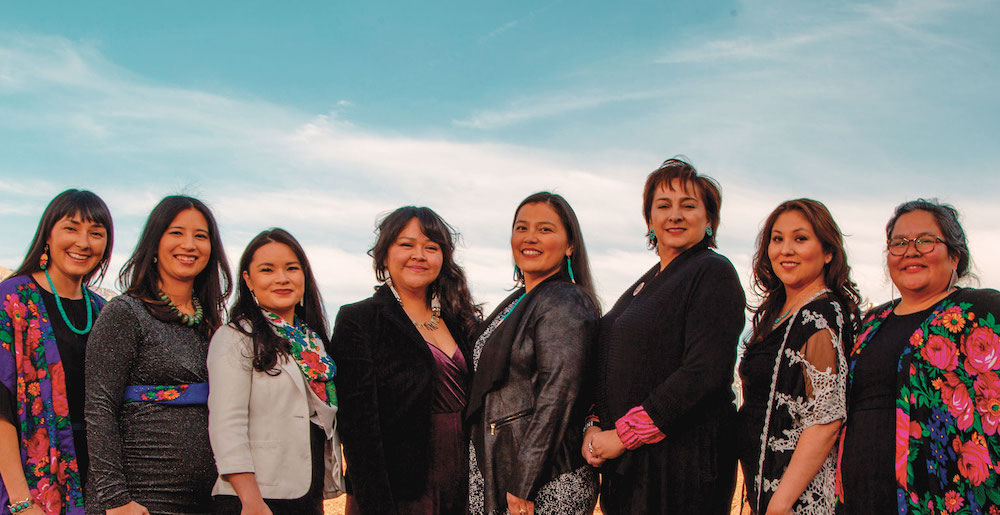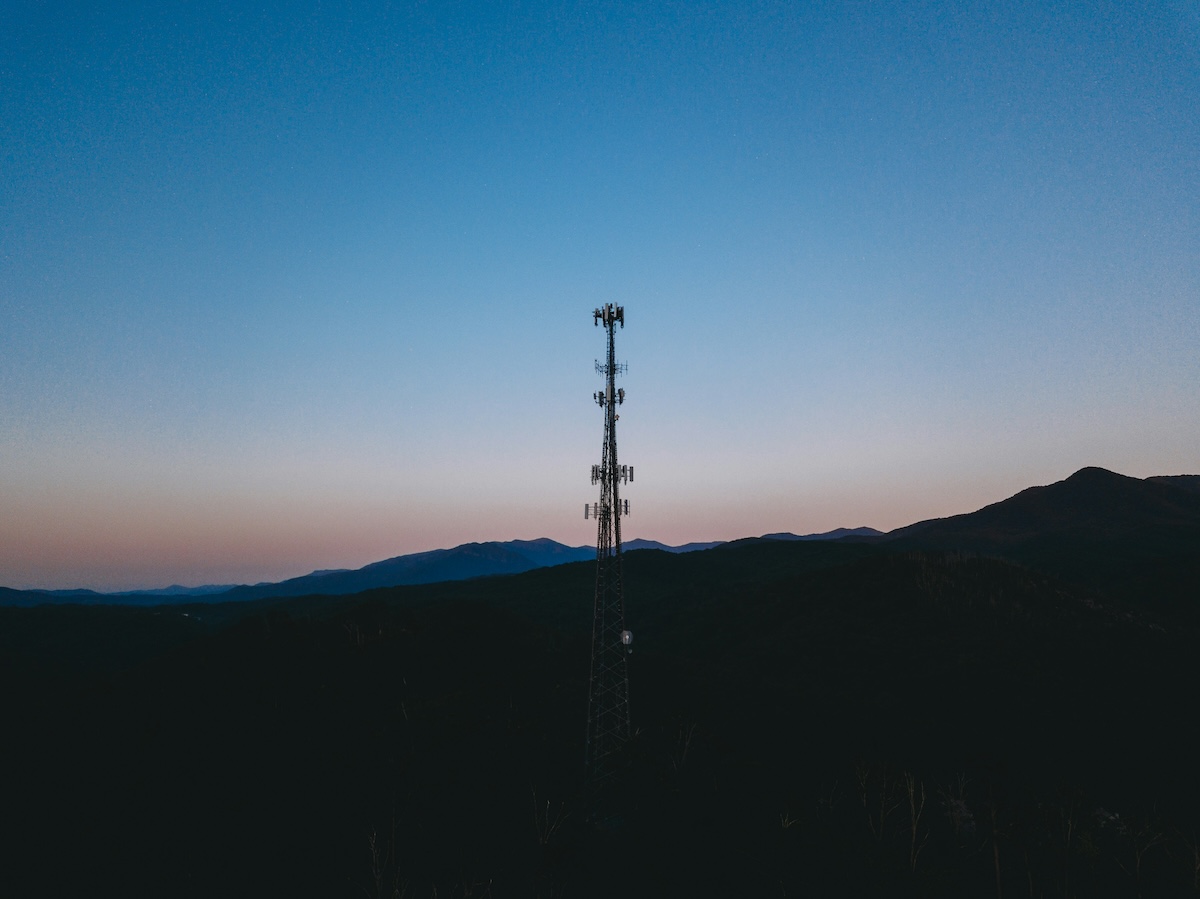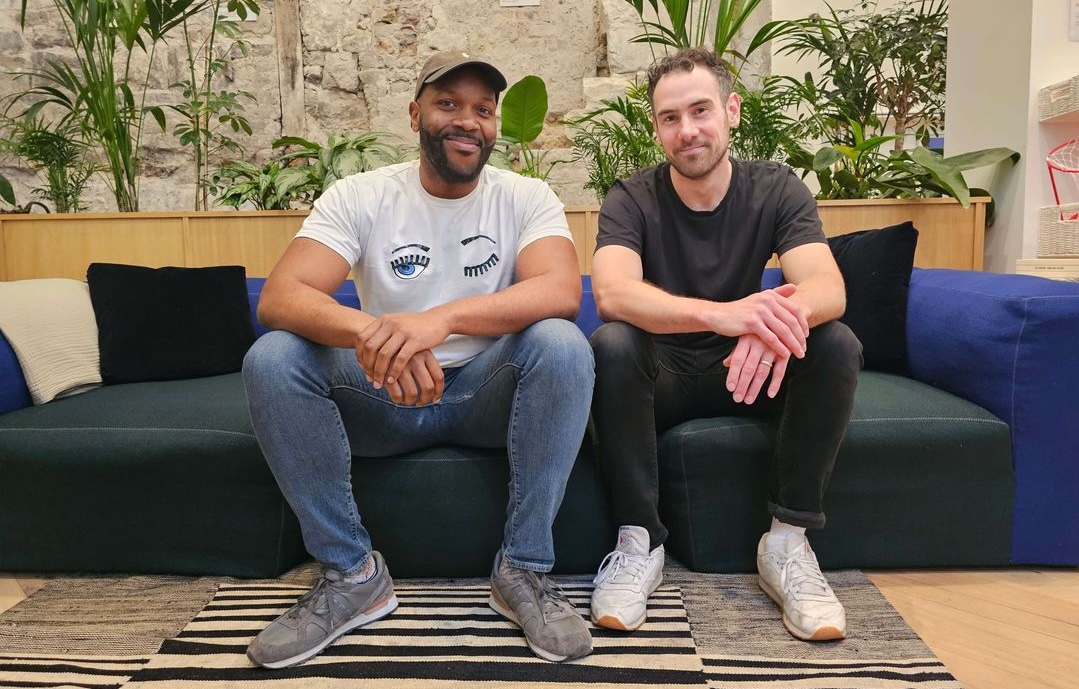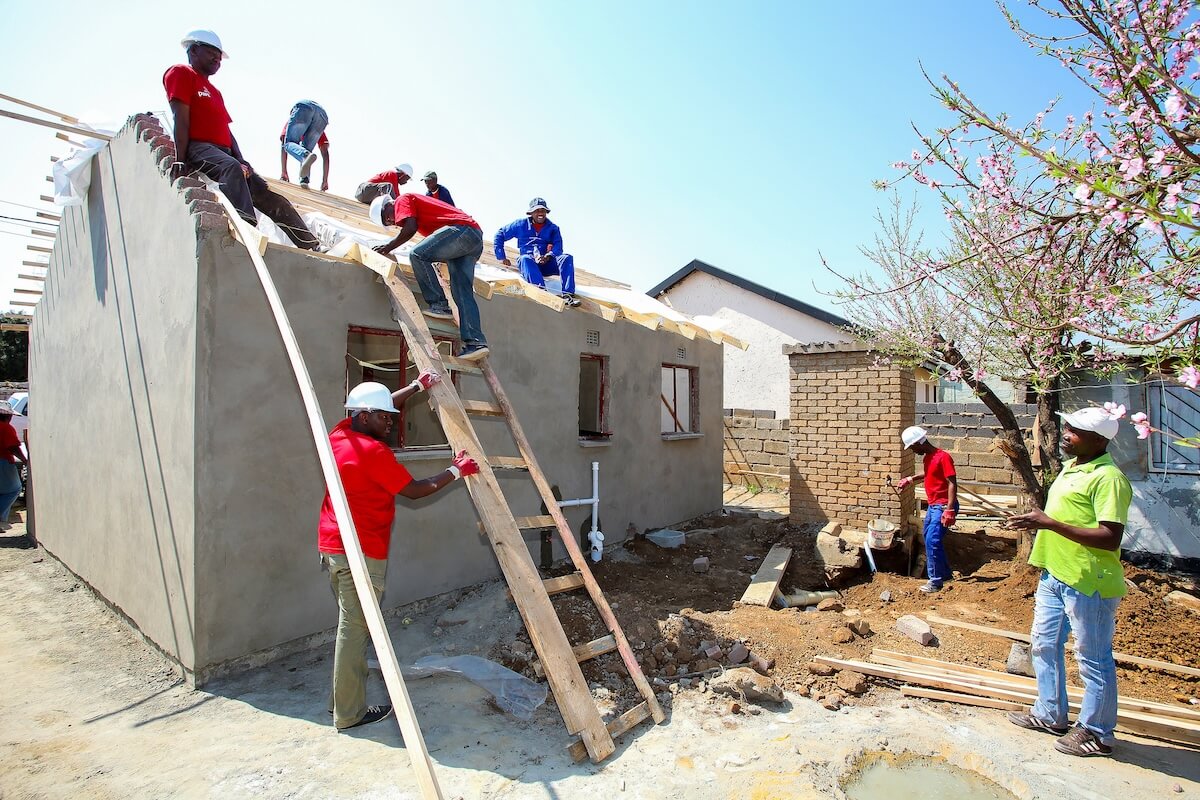ImpactAlpha, April 7 – Catalytic capital comes in many varieties, but the purpose is the same: to spur investment to people, places and things mainstream finance otherwise deems uninvestable. For first-time fund managers—particularly women—the catalyzing often goes beyond the capital.
“Those types of investments and support make it a lot easier on movement builders to dream and do,” says Jaime Gloshay of Native Women Lead, an Albuquerque-based nonprofit committed to empowering and elevating Native women in business. The organization this week secured $650,000 from Comcast to support the launch of its Matriarch Revolutionary Fund, a flexible lending facility to support 200 Indigenous women-led businesses. Native Women Lead is looking to raise $10 million.
Indigenous women-owned businesses employed more than 61,000 people and generated $11 billion in revenues last year. Nearly 70% are entirely self-funded owing to a lack of access to capital, says Gloshay. Since 2020 the organization has been experimenting with different funding models—and underwriting criteria—to bridge the funding gap with instruments and terms designed for Indigenous businesswomen. It has loaned $550,000 to 65 entrepreneurs through three funding streams.
The grant from Comcast will cover its new fund’s infrastructure costs; a portion will flow directly to entrepreneurs. Yet another portion will support a bigger goal of Native Women Lead: getting impact investors to recognize Indigenous women as an investment opportunity.
“By the end of this year, we’re hoping to see 10 Indigenous women-led businesses in impact funds,” says Gloshay.
Comcast’s grant will help to launch an apprenticeship program for 10 businesses. “I often work at the intersection of financial trauma and scarcity,” Gloshay observes. “These types of catalytic funding are helpful not just for our capacity, but for our grace.”
Credibility boost
Women manage less than 1% of the world’s financial assets and roughly 2% to 3% of venture capital and private equity assets.
“These numbers are predicated on the limited opportunity for women to secure senior leadership roles in PE firms or to successfully launch their own funds,” states GenderSmart (now 2X Global).
Other first-time female fund managers share Gloshay’s view on the significance of catalytic grants. Linea Capital in South Africa is providing revenue-based financing to local women-led and -centered businesses. It secured a grant from USAID z to cover operating expenses and for a first-loss capital layer to encourage other investors to back the fund. The grant gave Linea a credibility boost with other investors, Linea’s Julia Price tells ImpactAlpha.
“Their due diligence process is extensive, so anyone looking at us after that knows that we’ve already been through intensive due diligence,” she says.
USAID also provided a grant to Amam Ventures in Jordan to help the team validate their fund design and pay for advisory and legal costs.
Women’s economic participation in Jordan is extremely low—lower than Lebanon, Saudi Arabia and Palestine. With its fund, Amam aims to build on its other programs fostering women’s entrepreneurship and leadership in business.
“We’re first-time fund managers—having a sounding-board has been very helpful,” says Amam co-founder Tamara Abdel-Jabar.
Amam is nearing its $10 million first-close target. The grant helped Amam accelerate its investor outreach process, and, Abdel-Jabar says, “show up with more muscle to those meetings.”











